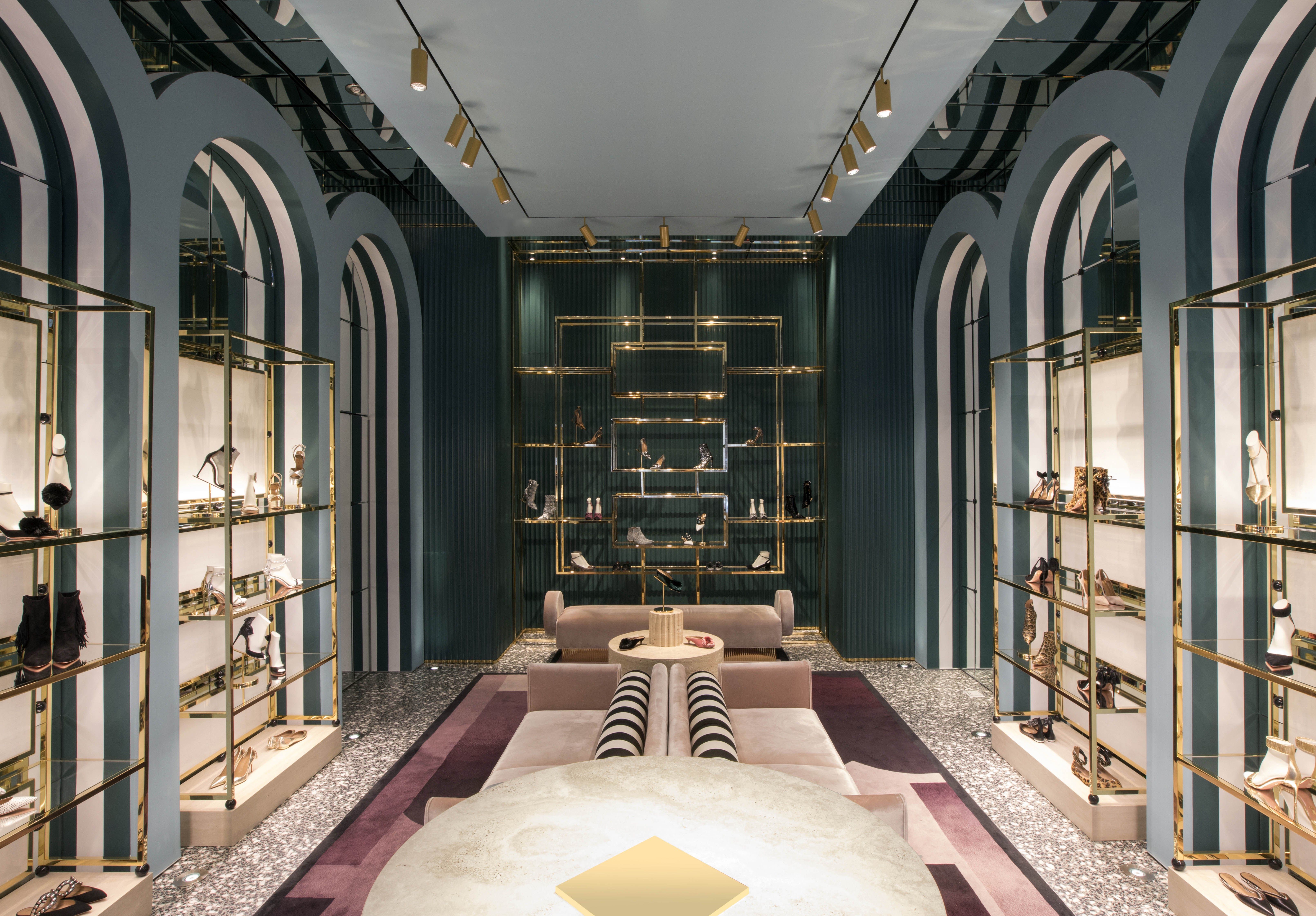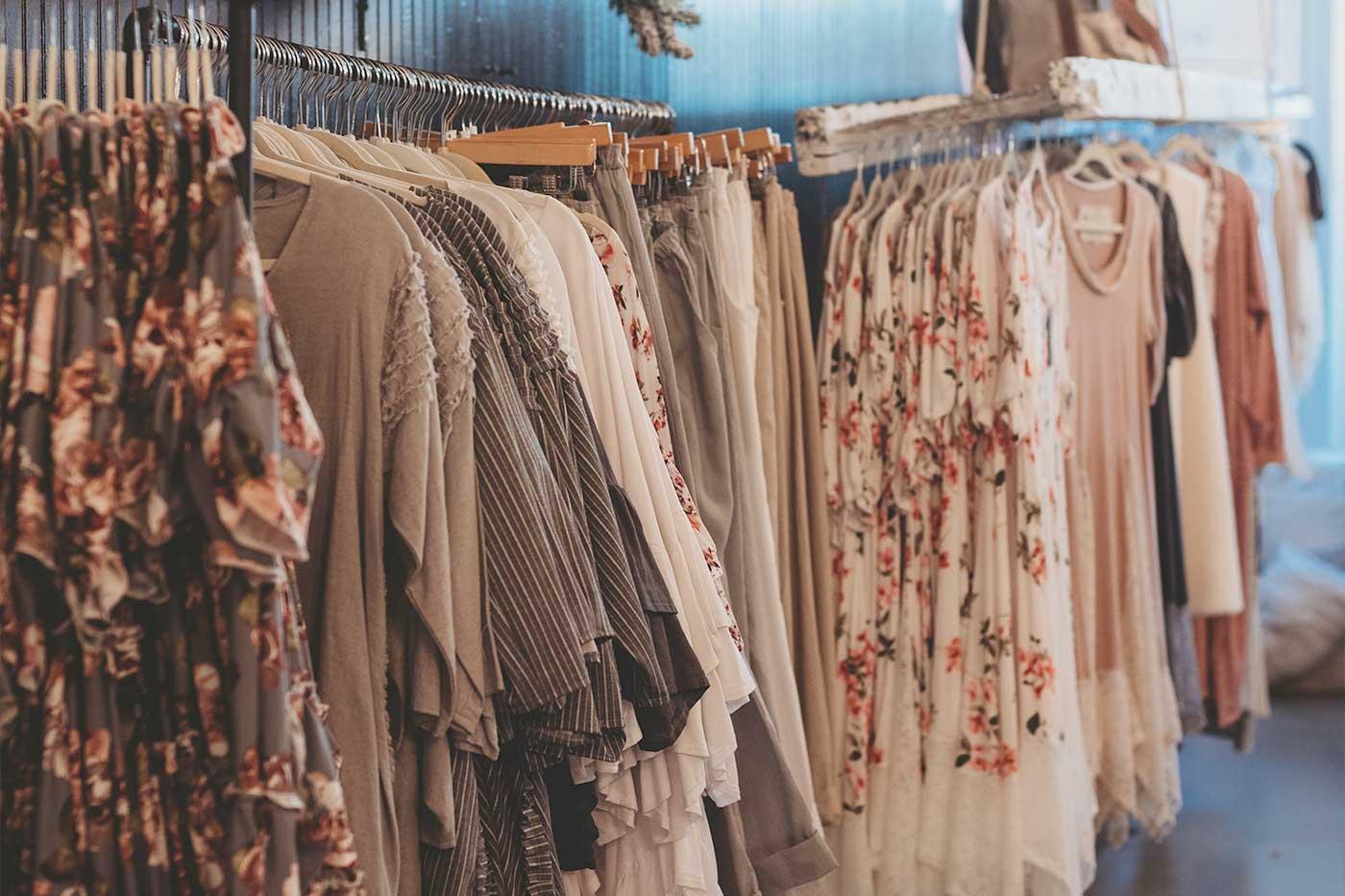Exploring the Development and Effect of Clothes on Modern Style Trends
The advancement of apparel has actually significantly affected contemporary fashion fads, merging historical precedents with advanced innovations. Renowned numbers like Coco Chanel and Yves Saint Laurent reinvented the fashion business by introducing ideas that prioritize comfort and availability, which remain to reverberate today. At the same time, technical strides in areas such as 3D printing and smart fabrics are redefining layout opportunities and consumer experiences. In addition, the expanding emphasis on inclusivity and sustainability is improving industry requirements. As we think about these complex influences, one have to doubt just how these components jointly redefine style's duty in mirroring and forming modern society.
Historical Style Influencers
In the tapestry of fashion background, certain numbers have left an enduring mark, shaping the patterns and designs that define whole ages. Coco Chanel, an advanced designer, redefined ladies's style by introducing comfy, stylish clothing that left from restrictive bodices.
Elsa Schiaparelli is another essential figure, renowned for her progressive designs that integrated surrealist art, teaming up with Salvador Dalí to develop whimsical pieces that tested conventional aesthetic appeals. Her cutting-edge use shade and vibrant patterns reverberates in modern style. Yves Saint Laurent, on the other hand, equalized high fashion with prêt-à-porter collections, bringing path designs to the masses and setting a criterion for contemporary ready-to-wear lines.
These dreamers, among others, not only changed style in their times but likewise established enduring trends that resonate in today's apparel industry, providing a structure whereupon modern-day designers continue to develop and introduce. Their legacies highlight the relevance of creativity and daring in vogue's ever-evolving story.
Technological Developments in vogue
Among the dynamic landscape of the style sector, technological advancements stand at the leading edge of advancement, improving just how developers create and consumers engage with fashion. The integration of 3D printing has reinvented style procedures, making it possible for designers to try out complicated frameworks and lasting materials that were previously unthinkable. This innovation promotes rapid prototyping, minimizing waste and speeding up manufacturing times.

Smart fabrics, embedding modern technology right into materials, are additionally transforming the sector. Developments like self-cleaning and temperature-regulating materials offer enhanced performance and convenience. Wearable innovation, including features like health and fitness tracking and interaction, includes a new measurement to style, merging visual appeals with usefulness.
Cultural Changes and Design
As technological improvements remain to improve the garment industry, cultural shifts are similarly prominent, redefining design and customer choices. In recent years, the rise of social networks systems has actually increased the circulation of global fashion patterns, enabling varied social impacts to coexist and converge. This digital interconnectivity has assisted in the quick exchange of concepts, leading to a much more inclusive and eclectic interpretation of style that shows the complex nature of contemporary culture.
Social recognition and gratitude have triggered developers to draw inspiration from a broader range of historic and ethnic contexts, integrating typical motifs with contemporary visual appeals. This combination has actually caused style that resonates with a larger audience, promoting a sense of identity and belonging across different demographics. Furthermore, the boosting need for customization has driven brand names to use adjustable options, making it possible for consumers to reveal uniqueness while mirroring their cultural heritage.
Additionally, changing societal values have actually influenced fashion, with inclusivity and variety becoming central styles. The sector has begun to accept designs and influencers of numerous physique, ethnic backgrounds, and gender identifications, tough conventional beauty criteria. This makeover highlights the power of cultural changes in forming the future of fashion, as style comes to be an extra genuine expression of collective and personal identity.
Sustainability and Modern Design
While the garment industry proceeds to progress, the important for sustainability has come to be significantly urgent, influencing modern design techniques. This change aims to attend to ecological problems and honest considerations, bring about a reevaluation of standard manufacturing approaches. Designers are now incorporating sustainable products, such as organic cotton, recycled polyester, and naturally degradable materials, into their collections, reducing the ecological footprint of style. The increase of slow-moving style, which emphasizes quality over quantity, motivates customers to buy timeless pieces instead of short-term trends.
In addition, modern layout is defined by its advancement in decreasing waste and advertising circularity. This strategy not just alleviates ecological influence yet also enhances the social responsibility of style residences.

Future Trends in Style

Sustainability will certainly proceed to be a driving pressure in shaping future style fads. The sector is significantly adopting eco-friendly materials and moral production techniques, replying to a growing customer need for liable practices. Developments such as bio-fabricated materials and closed-loop recycling systems are readied to redefine how apparel is created and eaten, minimizing environmental effect while maintaining design and quality.
Cultural changes, including the increase of inclusivity and diversity, will additionally play an essential role. As culture comes to be much more mindful of social problems, style is expected to end up being a system for expression and modification. Developers will likely focus on producing collections that reflect a wider series of experiences and identifications, championing representation and access.
Final Thought
The advancement of clothes dramatically impacts contemporary fashion fads, where historical influences combine with modern designs. Secret numbers like Coco Chanel and Yves Saint Laurent have redefined design, while technical developments such as 3D printing and clever fabrics expand innovative opportunities. Social shifts towards inclusivity and sustainability urge brands to embrace and embrace honest techniques diversity. This ongoing development highlights style's role as a mirror to societal values and technological innovation, suggesting a future rich click with advancement and inclusivity.
The advancement of garments has actually dramatically affected modern-day fashion patterns, merging historical precedents with cutting-edge developments.In the middle of the dynamic landscape of the fashion sector, technical improvements stand at the leading edge of innovation, internet improving just how developers produce and consumers engage with style.While the style sector proceeds to progress, the crucial for sustainability has actually come to be increasingly urgent, affecting modern-day layout methods. As sustainability becomes ingrained in contemporary design, it leads the method for a much more responsible and aware style industry.
The advancement of garments considerably impacts modern-day style trends, where historic impacts merge with modern designs.